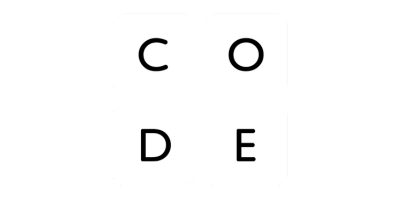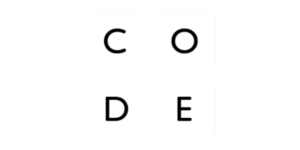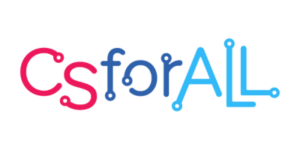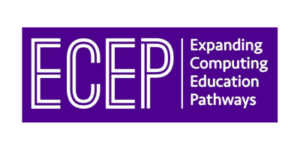Integrative approaches may have some advantages over a stand-alone CS course, including that the use case of computing is more obvious when it is applied to another subject area, and a task may naturally be more authentic when embedded into another subject (Ko et al., 2024). Further, integrating CS can improve learning achievement in the discipline into which CS is integrated (Century et al., 2020) and can increase student engagement (Strickland et al., 2021). Integrating CS into other subject areas creates opportunities for projects that are more meaningful for students (Tissenbaum & Ottenbreit-Leftwich, 2020). It may also be logistically simpler for some schools to integrate CS content into other courses than to offer a stand-alone CS course, perhaps through small exercises that use programming to meet learning objectives in the other course (Guzdial, 2022).
The following table showcases some examples of lessons that integrate CS concepts into other disciplinary content.
| Subject | Example of Integration | ||
| Language Arts |
ELA concepts: close reading for meaning and tone |
CS concepts: types of data, data cleaning, data analysis and visualization |
Activity: Using a text file of Romeo and Juliet, students record counts for each character’s dialogue and then visualize that data. Using the visualization, students look for patterns in the data and then use the patterns to confirm what is known about the play and to generate new questions about the text. Students also assess word frequency per scene to look for patterns in the text. |
| Math |
Math concepts: ratios, coordinates, scaling |
CS concepts: functions, decomposition, image manipulation, comments |
Activity: Students create flags, using a combination of math and CS concepts. First, students sketch the image on graph paper. Then, they experiment with predefined functions to decompose elements of national flags and then compose additional flags. Source: Bootstrap |
| Science |
Science concepts: ecosystems, evolution, patterns and systems, using models |
CS concepts: clearing, analyzing, and visualizing data; troubleshooting and debugging |
Activity: Students develop and experiment with computational models to explore the behavior of a forest fire and its impact on the forest ecosystem. Source: CT-STEM |
| Social Studies |
Social studies concepts: population growth patterns, data literacy |
CS concepts: function parameters, data visualization |
Activity: Students explore patterns in population change across countries and time spans. They create multiple data visualizations by using a specialized tool to adjust parameters to generate the appropriate visualization, which can then be analyzed. Source: Data Visualization for Learning tool |
| Fine Arts | Music concepts: elements of a song (tempo, measures, sections) | CS concepts: functions, parameters |
Activity: Students create a song by using predefined functions with the appropriate parameters, as they practice using music concepts and terminology. Source: EarSketch |
| Subject | Integration Ideas for “AL.12 – Compose algorithms using sequence, selection, and iteration” |
| Language Arts |
|
| Math |
|
| Science |
|
| Social Studies |
|
| Fine Arts |
|
In addition to outlining examples of how content items from the Topic Areas might be integrated into other subject areas, we also offer some more general principles, concerns, and recommendations for integrating CS content. The major challenge to integration is that it requires the support of teachers from other subject areas, who will require professional learning and perhaps persuasion in order to be able to successfully implement CS into their classrooms. They may feel that they do not have the time or energy to do this work (Clarke-Midura & Recker, 2022).
| Role | Approaches |
| Curriculum designers and teachers |
|
| Administrators |
|
| For professional development providers |
|
When all students develop a consistent foundation in CS (whether through a stand-alone course, integration into other subject areas, or both), teachers are able to leverage and extend student CS knowledge and skills beyond the foundation and into other discrete CS courses. Another option is to integrate advanced CS content in other subject areas. This may be achieved through an approach similar to the X + CS pathways.
Another approach is outlined in this table, which shows how fundamental and specialized AI content can be integrated into other courses that students take after their foundational CS learning experience. This example can be extrapolated and applied to other specialty areas such as data science and physical computing.
| Subject Area | Example Integration of AI Content | Content Alignment Example |
| Social Studies (including Civics and Ethnic Studies) |
| Exploration of AI ethics aligns with this item in the New York Learning Standards for Social Studies: “Prepare a plan of action that defines an issue or problem, suggests alternative solutions or courses of action, evaluates the consequences for each alternative solution or course of action, prioritizes the solutions based on established criteria, and proposes an action plan to address the issue or to resolve the problem.” Sample activity: Students develop a plan of action related to the environmental costs of developing LLMs. |
| Mathematics |
| Using datasets aligns with this item in the Texas Mathematics Essential Knowledge and Skills: “Students will extend their knowledge of data analysis and numeric and algebraic methods.” Sample activity: Students analyze the output of unsupervised learning models that categorize data. |
| Language Arts |
| An introduction to prompt engineering aligns with this item from the Illinois English Language Arts Learning Standards: “Produce clear and coherent writing in which the development, organization, and style are appropriate to task, purpose, and audience.” Sample activity: Students write prompts using techniques such as few-shot prompting. |
| Science |
| Using sensors (and resultant data) and using AI tools to solve problems aligns with this item from the Mississippi Career-Readiness Standards for Science: “Students will use mathematical and computational analysis to evaluate problems.” Sample activity: Students use sensors to gather data about a chemical process and then analyze it using an AI library. |
| Computing |
| Some content may be most appropriate or feasibly implemented in a discrete computing course. Sample activity: Create a program that uses a decision tree to decide which students will be granted a scholarship, using a fictitious dataset. Then, use the decision tree to assess the fairness of the results. |
| Fine Arts |
| Exploring biases in data collection aligns with this item from the Nevada Visual Arts Standards: “Demonstrate awareness of ethical implications of making and distributing creative work. Sample activity: Students explore similarities and differences between how AI models and artists make use of others’ intellectual property, as well as the ethical and legal ramifications of such use. |
This project is supported by the National Science Foundation (NSF) under Grant No. 2311746. Any opinions, findings, and conclusions or recommendations expressed in this material are those of the author(s) and do not necessarily reflect the views of the NSF.




